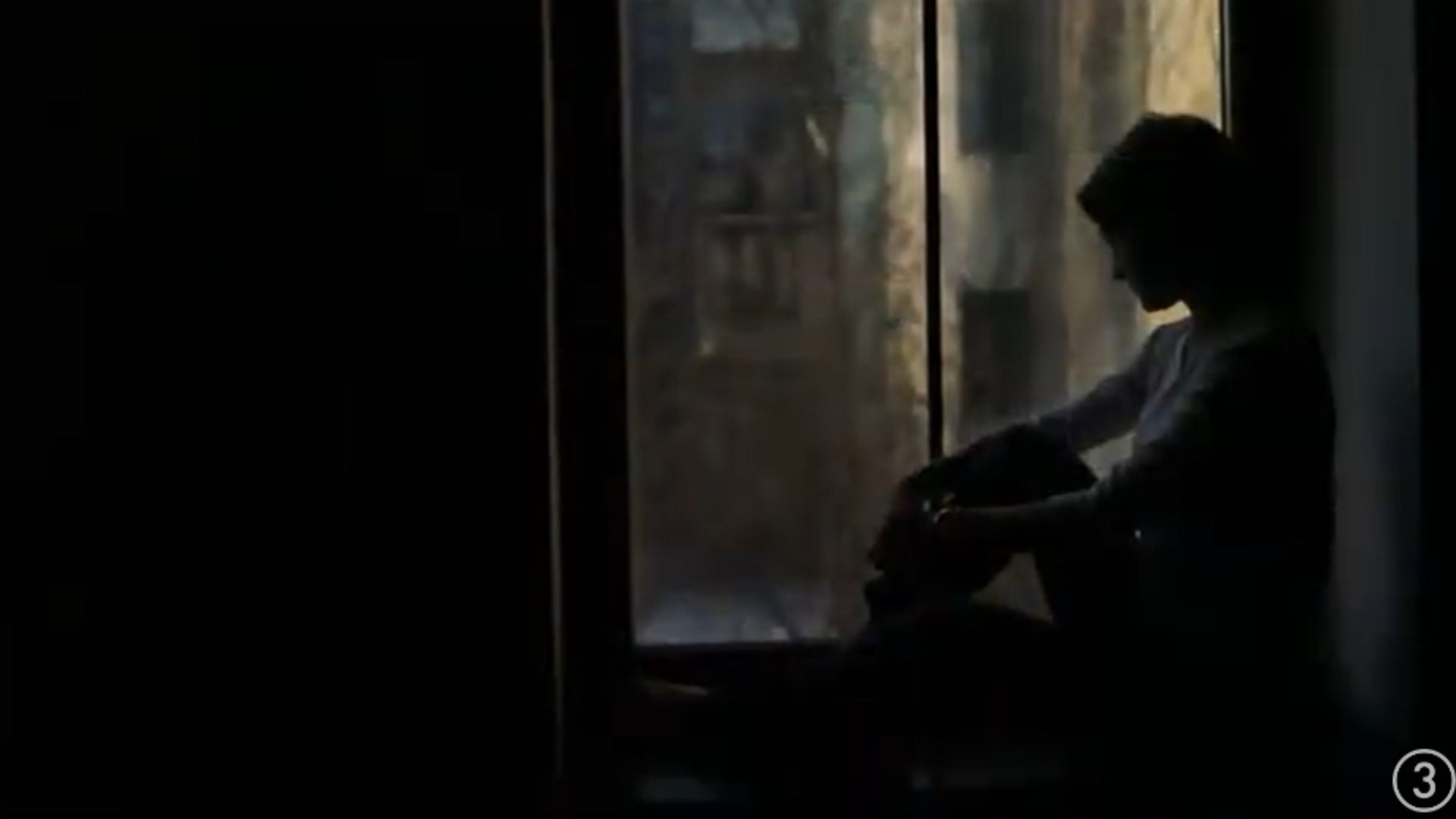CLEVELAND — October is Domestic Violence Awareness Month. We want to introduce you to a woman named Mary.
Mary was 57 years old when she died a horrific death, but according to her daughter, Mary lived an even darker life. Because like so many people living in abusive situations, the fear of what will happen if you tell keeps you silent.
"We didn't know anything about domestic violence until after she was murdered and I was in the sheriff's office," Lisa Smith recalls.
It was in that sheriff's office where Lisa Smith first saw the domestic violence reports. The first time she heard about the restraining order her mother filed against her husband. It was an order she later had lifted.
Mary's husband was a man that Lisa says she never liked. "What my brother and I did know is that he was very controlling."
But they didn't know how much so. At least not until the police walked Lisa into her mother's home 36 hours after she'd been murdered.
"The first thing I noticed was what was with all of this dirty stuff? My mom didn't live dirty. It's fingerprint dust. Then there's a doorway. The molding on the doorway was busted off," Lisa says.
Police told Lisa her mother had locked herself in the bedroom. But he broke through. He grabbed Mary, drug her out of the room, made her kneel on the dining room floor, then shot her point blank in the head.
Lisa's memories of her mother do not mirror the woman she was when she died.
"She taught me how to sew. She taught me how to cook. She was very strong and that's how we knew her, my brother and I," Lisa adds. "She taught me, 'speak your mind, say what's important to you, stand up for yourself.' You do think, 'why didn't she call me? How could we not know?'"
It's easy not to know, because abuse victims most often fear being judged or not being believed if they reveal what's happening to them. They also fear retaliation.
Lisa now lives with unanswered questions. She has old pictures, memories, and one tangible reminder of her mother: a ring Lisa loved as a child, but is now tainted.
"My mom had this ring that I was always gonna get. When I got it from the coroner, I opened it up and it had blood on it, so I can’t wear it," Lisa says sadly.
Lisa also says there was one thing that was particularly jolting about the experience. "One of the sickest parts about this was because her (Mary) murderer was her husband, we had to ask his permission to have her body in order to have a funeral."
He did give them permission from jail. He was later convicted and sentenced to at least 19 years in prison.
Mary was moved by her husband from Michigan to Florida. After he killed her, people realized that move to Florida was more sinister than simply a relocation.
"After you learn about domestic violence, you realize that when she moved, he took her way from all of her friends. We were all manipulated in the sense that he took her away from us. It wasn't my mom distancing herself and leaving her friends of 20 years behind. They realized that Mary didn't leave us, somebody stole her from us," Lisa says.
It's a key tactic of an abuser -- isolation. Getting their victim away from the people they love and trust. Another tactic is manipulation and control, shaming them to death in Mary's case.
"My mom was a very strong person would be my thought, but if you’ve got somebody that you live with telling you they’re the only person that loves you, 'nobody will love you like I will, nobody understands you, nobody’s gonna take care of you,' there’s this whole mind manipulation they do," Lisa explains.
What most people don't know about abuse is what the National Domestic Violence Hotline wants you to know: The most dangerous time for someone who's in an abusive relationship is often when they leave it.
Lisa was taken to her mother's home after the murder and wasn't prepared for what she saw. "On the opposite side of the room by the bed is the phone. That’s when he told me her last phone call was to the local domestic violence agency, which tells you a lot. It wasn’t to me. It wasn’t to my brother. It wasn’t to her family, not her friends."
People who are abused don't tell because they're afraid of being judged, not being believed, or retribution. Lisa has spent a lot of time researching abuse and knows now how to bring up concerns with someone you fear is in an unhealthy relationship.
The One Love Foundation says we need to be supportive and a safe place for victims. Don't judge or blame them. Ask questions about how they feel, allow them to make their own decisions and expect future discussions. This isn't something that gets solved in one conversation. But they're conversations worth having.
"People don't realize it can happen to anybody," cautions Lisa. "It is happening to someone you know."
It's important to remember there are many forms of abuse: physical, mental, emotional, financial, sexual, and digital. But people don't have to suffer through this. If you or someone you know is in trouble, remember it's pivotal to craft a safe plan to leave.
You can also call the National Domestic Violence Hotline at 800-799-7233 to talk to someone. They'll also connect you with local organizations in your area who can help. You can reach them also by texting START to 88788.
Watch both parts of Christi Paul's reporting below:
Part 1:
Part 2:
More from Christi Paul:

